Case studies and presentationsLivestreamResearch
Time
Thursday 23 February
3:30pm
Location
Auditorium
Speaker
Jennifer Manyweathers
Veterinarian
PhD Candidate
Centre for Health Research, Western Sydney University
PhD Candidate
Centre for Science Communication, Faculty of Animal Biology, University of Western Australia
As new diseases continue to emerge, adoption of risk mitigation strategies relies on clear, timely, proactive communication. However, discourse between various publics and authorities can become mired in distrust, resulting in outbreaks of increased severity and duration, wasted resources, and lost opportunities for participatory risk mitigation planning and discussion.
This case study of an actual emerging infectious disease outbreak spreading from animals to humans in Australia, and the development of a new vaccine, examines differing worldviews of stakeholders involved, and provides a platform for discussion of the role of risk perception and authority. It provides an opportunity for participants to view scientific research and risk communication from different and realistic perspectives.
Examining 4 stakeholder groups, the case study considers the perspective of scientists who develop a protective vaccine, the pharmaceutical company that manufacture it, vets who administer the vaccine and animal owners who elect whether to vaccinate their animals or not.
The principles examined in the case study will be applicable to any discourse around risk and mitigation, broadening participants’ understanding of possible approaches to risk communication.
J. Manyweathers1,2*, N. Longnecker2,3, M. Taylor1,4
1 Centre for Health Research, Western Sydney University, Sydney, Australia
2 Centre for Science Communication, Faculty of Animal Biology, University of Western Australia, Perth, Australia
3 Centre for Science Communication, University of Otago, Dunedin, New Zealand
4 Department of Psychology, Macquarie University, Sydney, Australia
*Corresponding Author






